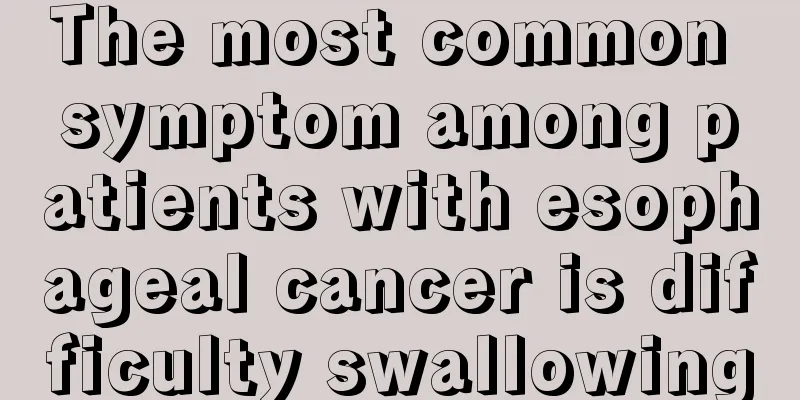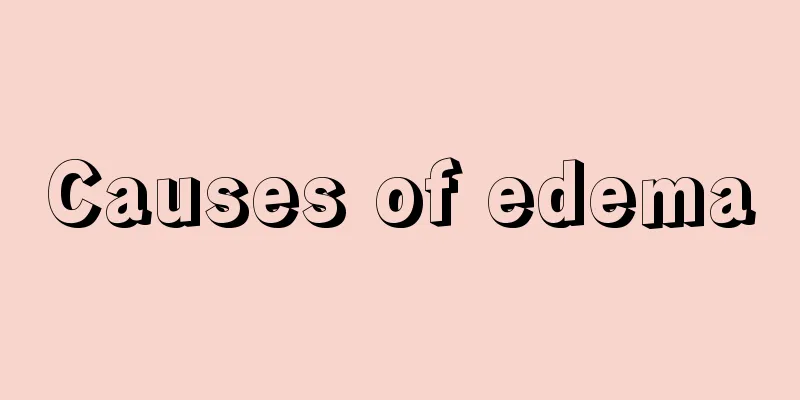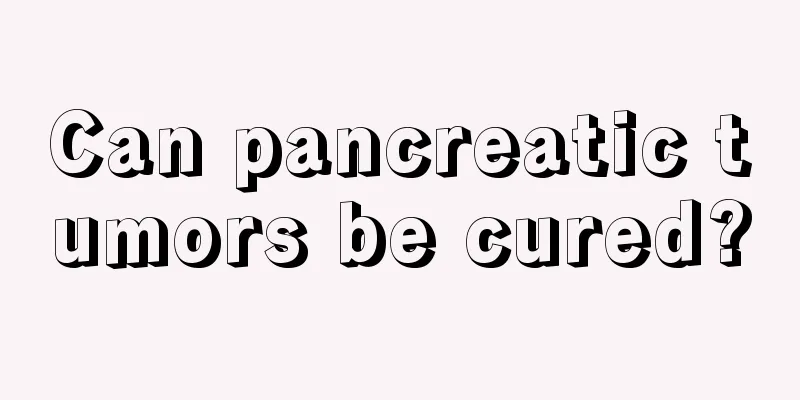How to treat congenital scoliosis, choose the method according to the situation

|
There are two types of treatments for congenital scoliosis: surgical and non-surgical. Common non-surgical methods include physical therapy, exercise, plaster correction and other treatments. If the scoliosis is severe, surgical treatment is required as soon as possible. The earlier the surgery, the better the recovery. 1. Non-surgical treatment Extensive experience has shown that congenital scoliosis is different from idiopathic scoliosis and is not effective for gymnastics therapy, physical therapy, exercise therapy, electrical stimulation therapy, etc. Risser plaster orthopedic treatment is often accompanied by problems such as pressure sores, chest deformation, and poor lung function due to the weight of the plaster. Currently, this treatment has been mostly abandoned or used less frequently. Therefore, brace therapy is the main non-surgical treatment for congenital scoliosis. Here we briefly describe the indications and efficacy of brace therapy. Although brace therapy is the main or only non-surgical treatment for congenital scoliosis, not all congenital scoliosis is suitable for brace treatment. Its indications are limited. Brace treatment is suitable for patients who have not yet matured, whose deformity is gradually worsening, and whose scoliosis segments are long and soft. There is no need to use a brace for cases without progression, and it is even less suitable for cases where the deformity has improved spontaneously. In cases where the segment is short and stiff, brace treatment is almost ineffective. Flexibility plays an important role in treatment selection. Therefore, before treatment, the degree of flexibility should be carefully understood through examinations in the upright, supine, traction, or lateral flexion positions. Winter believes that: if the scoliosis is less than 50° and the flexibility is greater than 50%, the brace treatment is generally effective. If the scoliosis is between 50° and 75° and the flexibility is between 25% and 50%, brace treatment may be beneficial. However, for those with a scoliosis greater than 75° and a flexibility less than 25%, brace treatment is almost ineffective. 2. Surgical treatment 1. Simple spinal fusion surgery The main purpose is not to correct scoliosis, but to stabilize the spine and prevent further aggravation of scoliosis. Especially for those with rigid type, who are not responsive to brace correction and whose scoliosis is aggravated, simple posterior fusion should be performed. For unilateral non-segmented scoliosis, do not fuse too many non-segmented upper and lower movable units, and the amount of bone graft should be sufficient. It is best to use autologous bone transplantation. If the patient is young and it is difficult to obtain the iliac bone, allogeneic bone can also be used. 2. Posterior fusion under plaster correction It is suitable for those who are young (under 9 years old) and have scoliosis that is difficult to correct with implanted devices, but has high flexibility and progressive type. 3. Traction correction followed by instrument fixation and fusion for congenital scoliosis. Slow, long-term traction before surgery can avoid sudden correction and traction during one surgery. This is of great significance in preventing spinal nerve complications and increasing the surgical correction rate. Before surgery, gradually increase the amount of traction to understand whether the patient has changes in numbness, pain, muscle tone, muscle strength, and reflexes. After achieving a satisfactory degree of correction, instrumented fixation and bone graft fusion were performed. Myelography is required before surgery to rule out coexisting abnormalities in the spinal canal. During the operation, spinal cord electrophysiological monitoring and wake-up test should be performed at the same time. Commonly used orthopedic fixators include the Harrington instrument and the Luque instrument. However, due to the lack of intervertebral space in congenital scoliosis, it is difficult to pass the wire under the Luque intervertebral lamina, and the distraction performance of the Luque instrument is not as good as that of the Harrington instrument. Therefore, the Luque instrument alone is rarely used and is often used in combination with the Harrington instrument. |
<<: Treatment of thyroid nodule calcification, these situations require surgery
>>: Thyroid nodules become larger, timely treatment to control the disease
Recommend
Symptoms of mid- and late-stage prostate cancer
Symptoms of prostate cancer in the middle and lat...
How many times a week should I wash my face with salt water?
Brushing teeth and washing face are things that e...
Will people die if they eat sodium nitrite?
With the development of science and technology in...
Syndrome differentiation and treatment of blood stasis and phlegm accumulation type skin cancer
Treatment based on syndrome differentiation is th...
What useful substances can the prostate secrete
Some substances are necessary for our body, but s...
What should you pay attention to in your lung cancer diet? Six dietary conditioning principles for lung cancer
For many lung cancer patients, they need to take ...
What are the dietary treatments for ovarian tumors
Ovarian tumors in daily life are very serious. Th...
The diagnosis method of rectal cancer is an important diagnostic method
When we choose a diagnostic method for rectal can...
How to use liquid foundation in specific steps
Makeup has become a fashion nowadays, and every g...
What are the side effects of black light therapy
In life, skin diseases are one of the more common...
Does skin cancer hurt in the early stages?
Early symptoms of skin cancer can occur anywhere ...
Gas with the smell of rotten eggs
When smelling the smell of rotten eggs, many peop...
Where can I get dehumidifying moxibustion
There will be some moisture in people's bodie...
What should I do if I have a neuralgia caused by a cold?
Colds are a common problem for everyone. Once a c...
Does pomegranate contain vitamin C?
Pomegranate tastes sweet and sour and has relativ...









